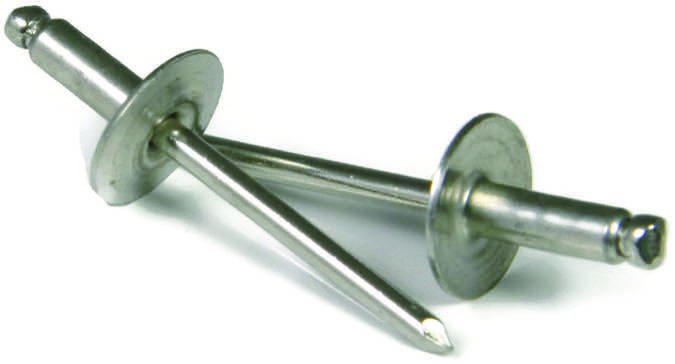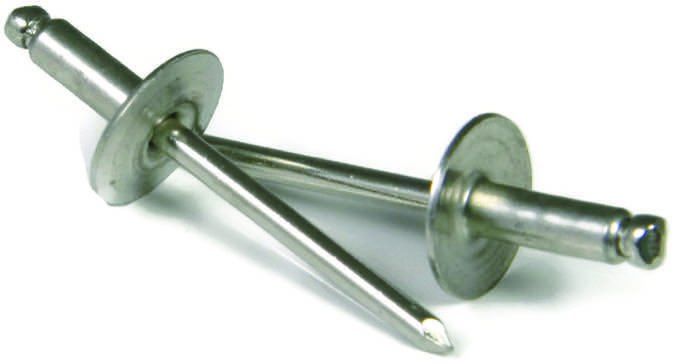I read with interest the article “NTSB Takes on Pireps” (June 2017). What was not mentioned, and my primary reason to not submit Pireps, is the removal of Flight Watch and its common frequency, 122.0 MHz. Requiring the pilot to search for the flight service station within radio range makes it less likely a report is even started, and fragments the consolidation into the NAS. To me, the elimination of Flight Watch is going backward.
Bill Thomas
Via email
We agree that the loss of Flight Watch makes providing Pireps more cumbersome. The FAA would tell you that the proliferation of automated weather information—both on the ground and in the air—resulted in “redundancies and underutilized services.” Regardless, you may still submit Pireps to Flight Service on 122.2 MHz and directly to ATC.
Airbox Rivets
I appreciate Mike Berry’s comments on airbox care and feeding (“Fire And Ice“) in the May 2017 issue. It reminded me of an additional factor that pilots and builders of experimental aircraft need to be especially aware of.

Often in our desire to be frugal as we build our experimental aircraft, we search online for good deals, and many times those “good deals” are repurposed airboxes from certified airplanes, or even homemade items. Good risk management practices require that builders should never, ever, ever use hardware-store pop rivets to repair or construct their airbox. Those pop rivets are not certified for aircraft use, they are not as strong as solid rivets, and the chances of them failing from vibration and being sucked into the air induction system are quite high.
Airboxes on experimental aircraft should be welded if they are repaired or fabricated from scratch. That is not to say that certified airboxes don’t have any rivets—some do. But those rivets are certified for aircraft use, and were installed by factory-trained professionals or A&P mechanics with the right tools. The work was not done by a homebuilder with little to no experience in sheet metal work.
Terry Hand
Athens, Ga.
Thanks, Terry!
Accident Chains
Key Dismukes’ excellent article on forgetting (“How We Forget”, August 2017) uses the gut-wrenching photo of an accident outcome to illustrate a point. The caption tells us “…The pilot was performing the fourth in series of touch-and-go landings when he forgot to retract the flaps. All four aboard were seriously injured.” It seems there was more to this awful outcome than forgetting to raise the flaps.
The accident chain started before the flight by loading three passengers in a Cessna 172. Was the pilot concerned enough to perform a W&B? What made him decide to do multiple touch-and goes in this heavy—perhaps overloaded—plane?
To practice touch-and-goes is important. But we should not do this with three (!) passengers aboard, which may have been the source of the pilot forgetting to raise the flaps.
It is always infuriating to read about accidents during practice touch-and-goes, with passengers on board: They should not be part of what we need to “practice,” and we should not endanger their safety while we “practice” (or show off?).
An article on the do’s and don’ts of touch-and-go landings would be most welcome.
William Gerhard
Lancaster, Pa.
There’s a lot going on with this accident. Despite the 17-year-old private pilot having less than 60 total hours, he had the necessary recent experience in the airplane and at night (the accident occurred at about 2230 local time). According to the NTSB report, the pilot told an investigator he did the weight and balance calculation “in his head.” The NTSB calculated that the airplane’s gross weight was 2414 pounds, 114 pounds over the airplane’s maximum gross weight of 2300 pounds. Interestingly, he had accomplished three touch-and-goes before the accident.
But your suggestion of some do’s and don’ts for touch-and-go operations is a good one. Look for a related article in a future issue. Thanks!




